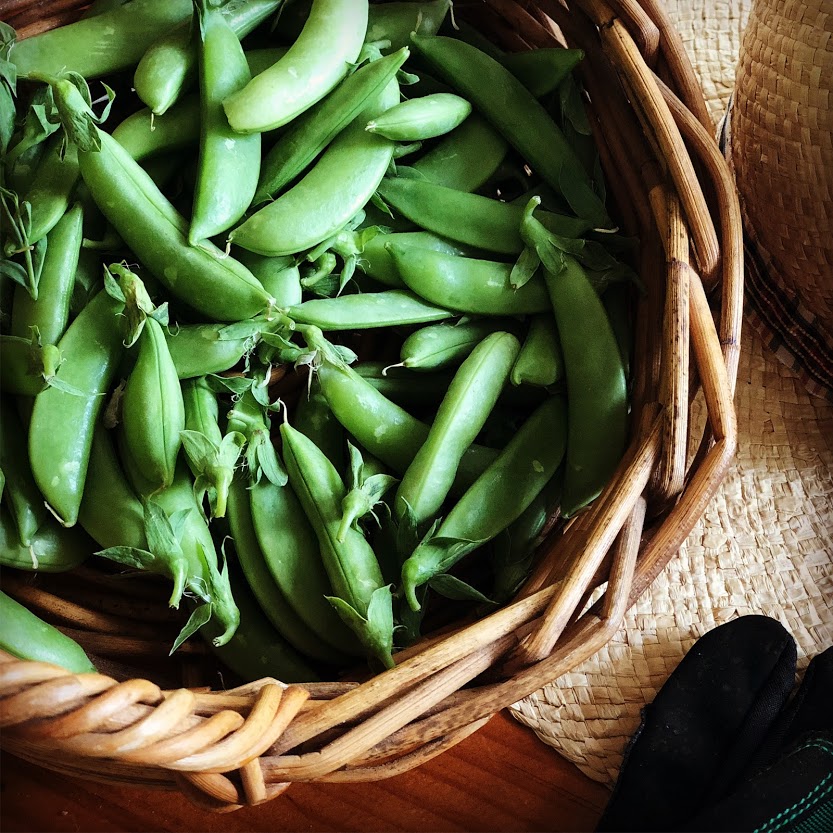 Have you considered growing peas? Looking for something to feed your sweet tooth, straight from the garden? Look no further than the Sugar Snap pea. There’s a reason they’re called “garden candy.”
Have you considered growing peas? Looking for something to feed your sweet tooth, straight from the garden? Look no further than the Sugar Snap pea. There’s a reason they’re called “garden candy.”
The Sugar Snap is actually a relative newcomer to the garden (first introduced in 1979), but it is now established as one of the great treats of spring. When my Sugar Snaps start to ripen they become the center of the garden and remain so until all the pods are gone.
The Sugar Snap differs from traditional garden peas (like Green Arrow) in that the whole pod is edible, and differs from the edible podded snow peas (like Mammoth Melting) in that the pod is fat, sweet and delicious.
As the whole pod is edible they produce a significantly bigger harvest and don’t need shelling. The original Sugar Snap variety was so successful it eventually spawned a whole range of snap peas: bush varieties, disease resistant types and some without strings. There are now even yellow, purple and pink tinted types.
The Sugar Snap was hailed as a revolutionary new kind of pea when it appeared, but it wasn’t actually as new as it seemed at the time. It turns out that the Amish have been growing snap peas for a long time and they are so similar that a casual observer probably wouldn’t be able to tell the difference.
Should I grow peas?
Peas (along with beans) have a special place in the vegetable garden because they are host to nitrogen fixing bacteria and so can add fertility to the soil as they grow. This won’t happen unless the right type of bacteria is present in the soil though, so if you haven’t grown peas within the last five years you should inoculate the seed with a suitable strain of inoculant.
The real flavor of Snap peas comes through best when they are eaten raw and this is how almost all of ours get eaten. My children will eat them straight from the vine all day long and few pods actually make it as far as the kitchen (their friends have been known to strip a planting of all pods of any significant size). They are also good when very lightly steamed, but don’t cook them for more than a couple of minutes, or they may turn to mush.
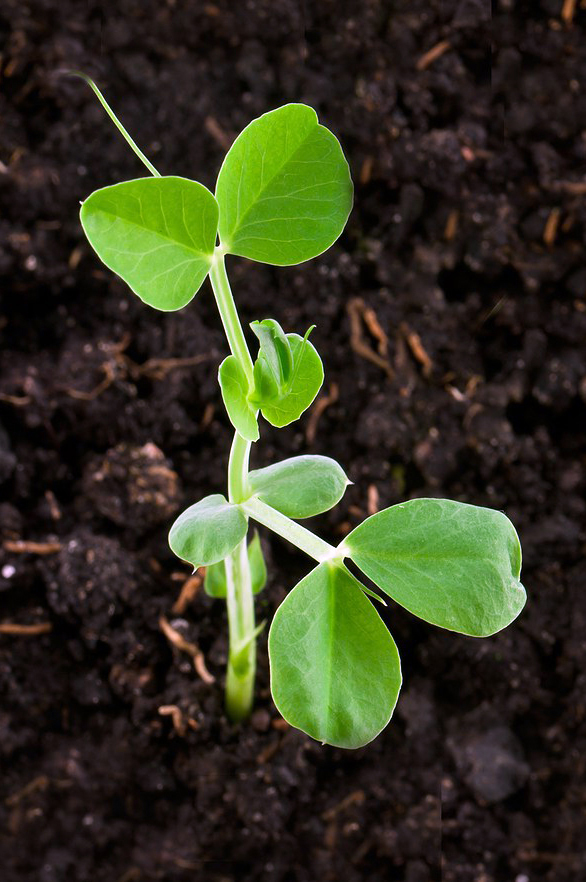 Tips on growing great peas
Tips on growing great peas
Air Temperature: Peas thrive in cool weather and don’t like heat, with 60-75˚ F being optimal. They are fully hardy and the first planting can be sown directly into the garden in early spring, a month before the last frost date.
Soil Temperature: The soil doesn’t even have to be very warm, as they will germinate (if rather slowly) at temperatures as low as 40˚ F.
Succession Planting: It is a good idea to make several succession plantings about 3 weeks apart, to ensure an abundant supply of pods until the weather gets too warm.
Weeding: The established plants don’t require much care. Weeds can be a problem for the young seedlings, but they soon outgrow and overshadow any weeds.
Watering: They do need regular moisture, but in early spring there is usually plenty in the soil and you rarely need to water.
Getting set up
The original Sugar Snap is a pole variety and must have a tall support structure for good growth (hog wire fence works well). If it isn’t tall enough they will eventually run out of climbing room and flop over (when my dad first grew them in England they went right over the top of his 6 foot high wall and started supplying his neighbor with pods).
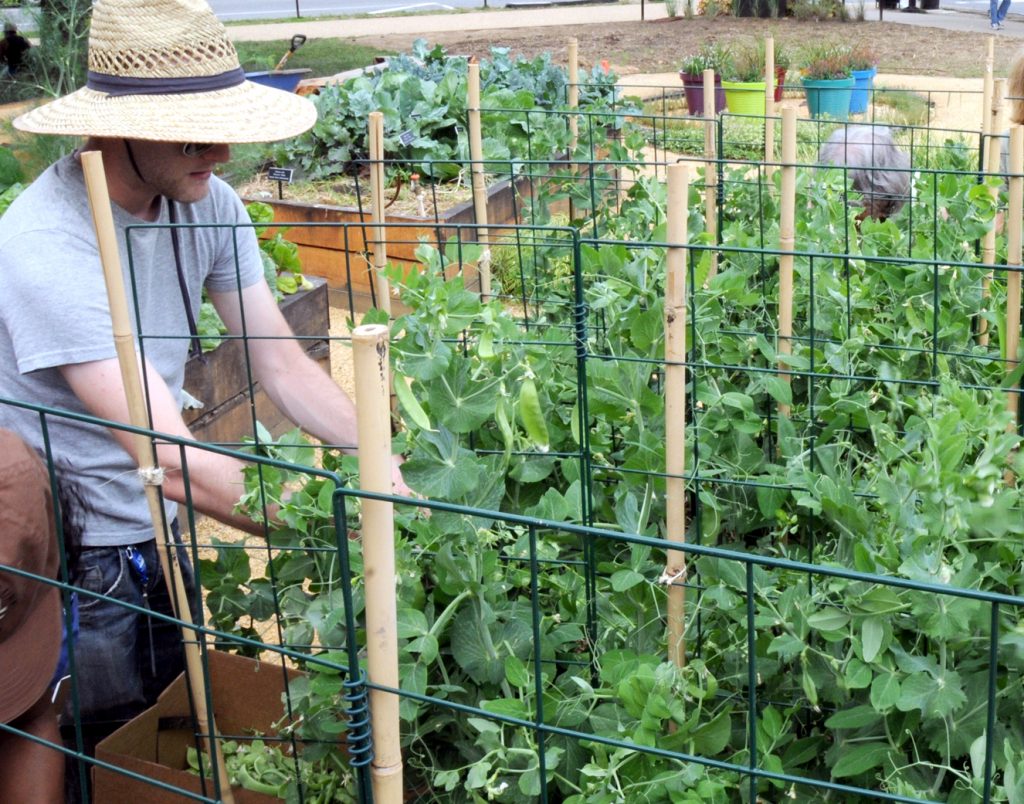
It is a good idea to set up your supports before you plant, as it’s easy to damage the fragile seedlings. If you don’t want to deal with such a tall plant there are now bush varieties, such as Sugar Ann.
It is easier to provide support for the plants when they are growing in rows, so they are commonly planted in double offset rows with 3” between the plants and 6” between the rows. If you need more than one double row, then leave 24” between the pairs of rows.
You can also wrap hog wire fence into a cylinder and plant in a circle around it (this looks quite ornamental when fully covered, though not for long).
Established plants grow vigorously and quickly produce a wall of foliage 6 to 8 feet high, which makes an attractive (though temporary) screen.
Pests to watch out for
The biggest obstacle to growing Snap Peas is getting them established. It’s not that they are hard to germinate (this is easy) but rather that birds like to eat the succulent green parts and often pull the emerging seedlings out of the ground. The best way to prevent this is to cover the whole bed with netting.
Mice can sometimes be a problem too, as they sometimes dig and eat the seed before it has even germinated. If they are a problem you might have to start your plants indoors, though they dislike transplanting, so must be grown in individual cell packs (and not kept indoors for too long).
Ready to harvest!
The pods mature quickly after pollination and you need to check and harvest the plants regularly (every day or so). Harvest the pods when they are fat and round and sweet to taste. Don’t harvest too early or they won’t be as good as they can be.
It is important to pick all of the pods as they size up, if you leave some on the vine the seed will mature and production may decline (if this happens save the seed for planting next year). In cool weather, a well managed planting may yield for 6 weeks or more, though if the weather turns hot it may be as short as 2 weeks.
Smart Gardener makes it easy to grow peas, and more! We help you every step of the way from selecting seeds and preparing your garden, to sending you weekly reminders of garden tasks to keep your plants healthy and happy!



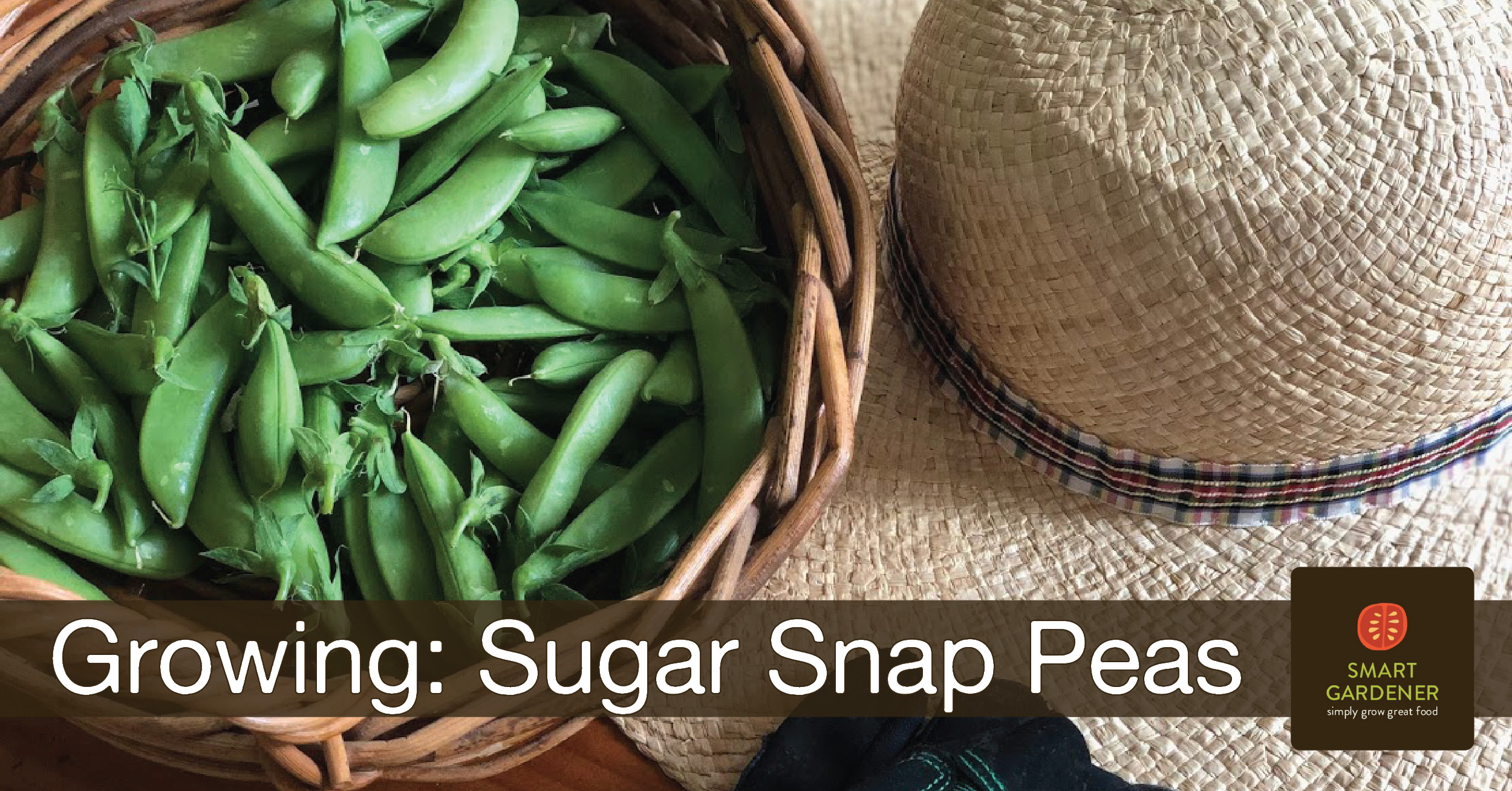
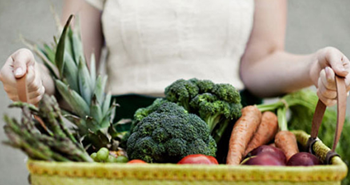
Leave a Reply